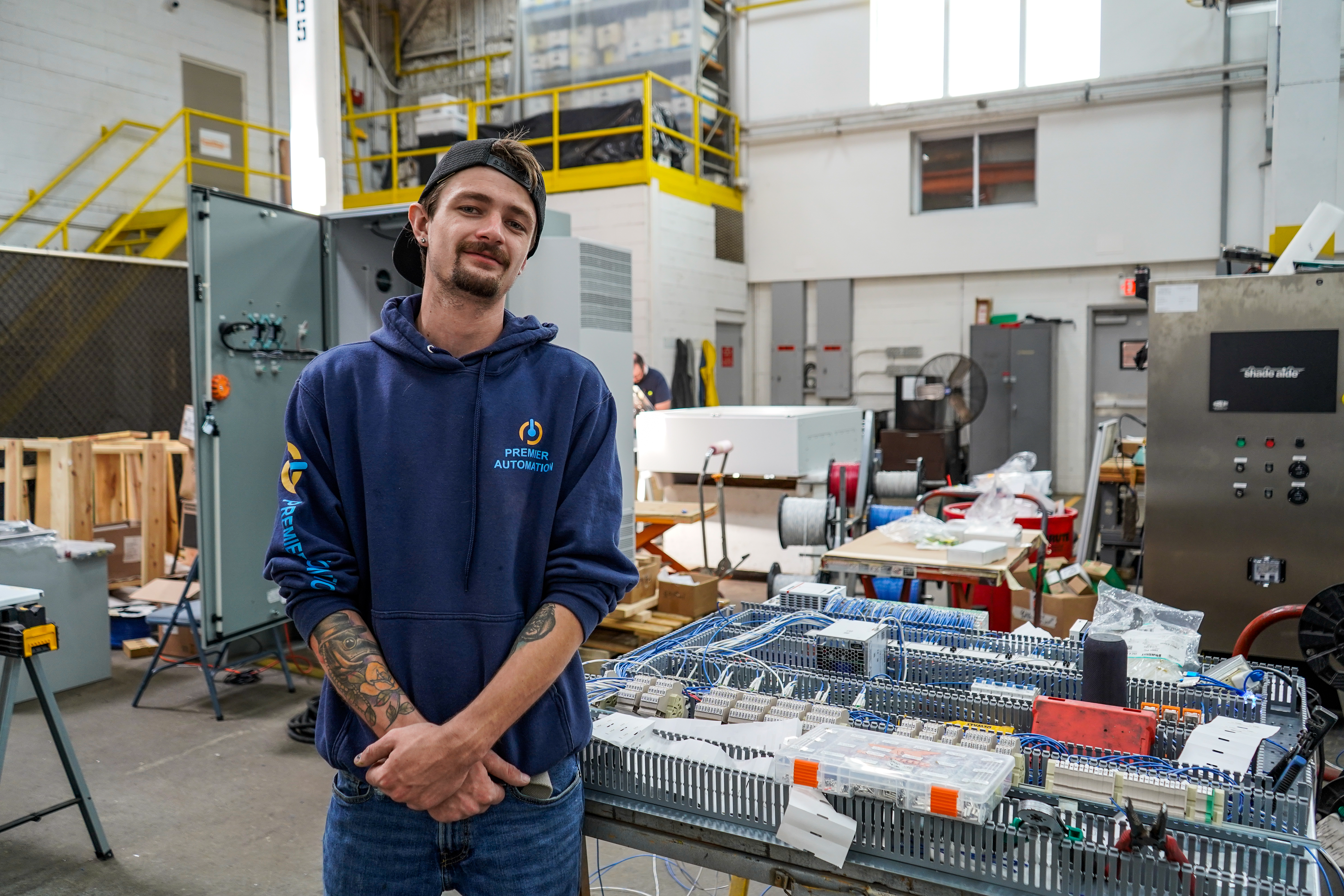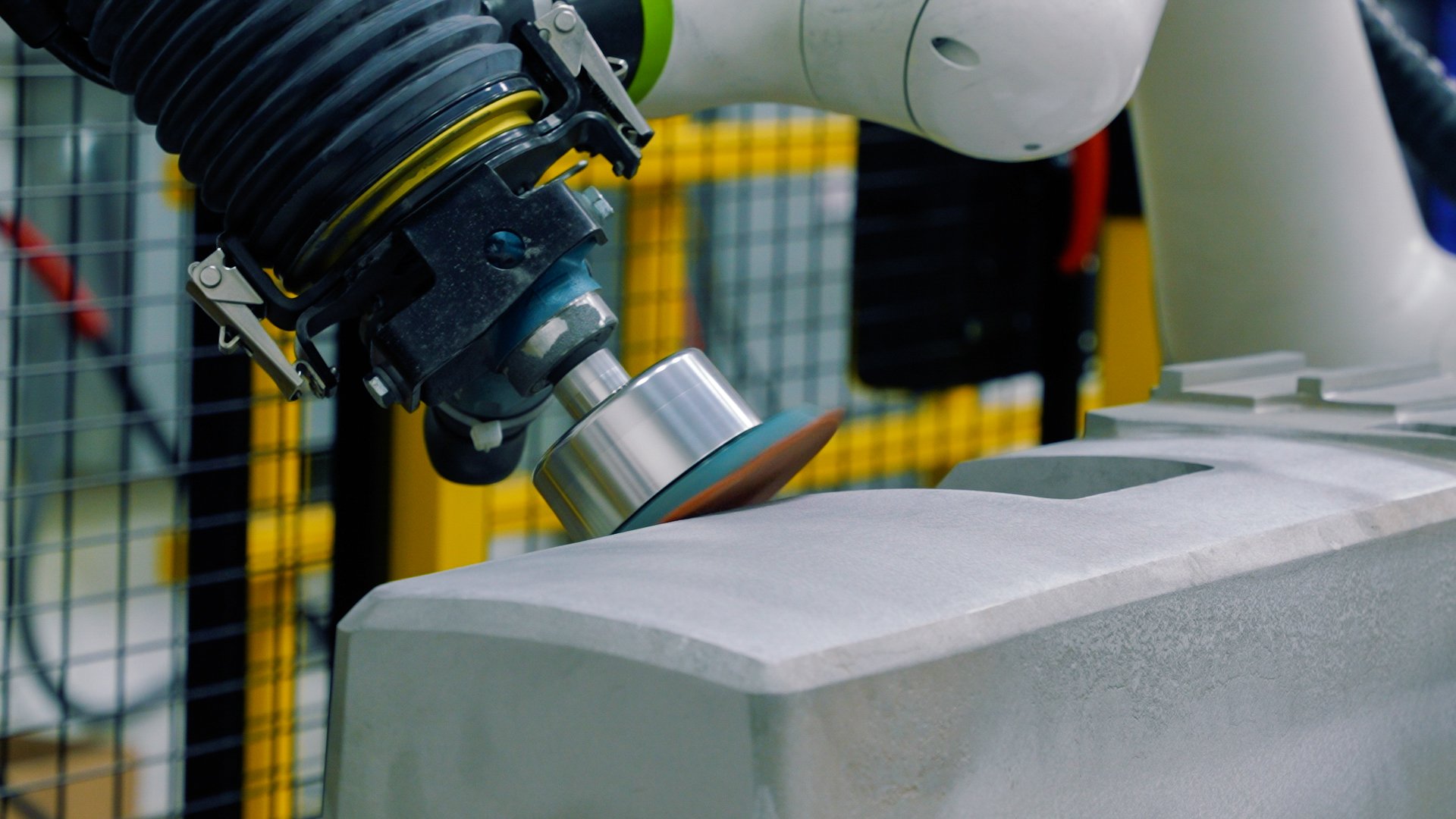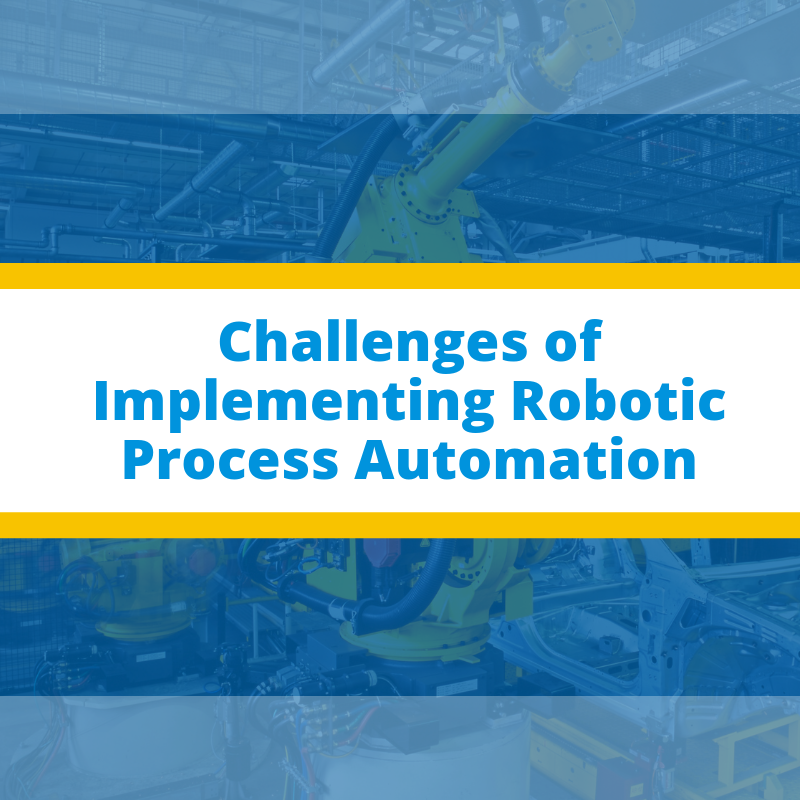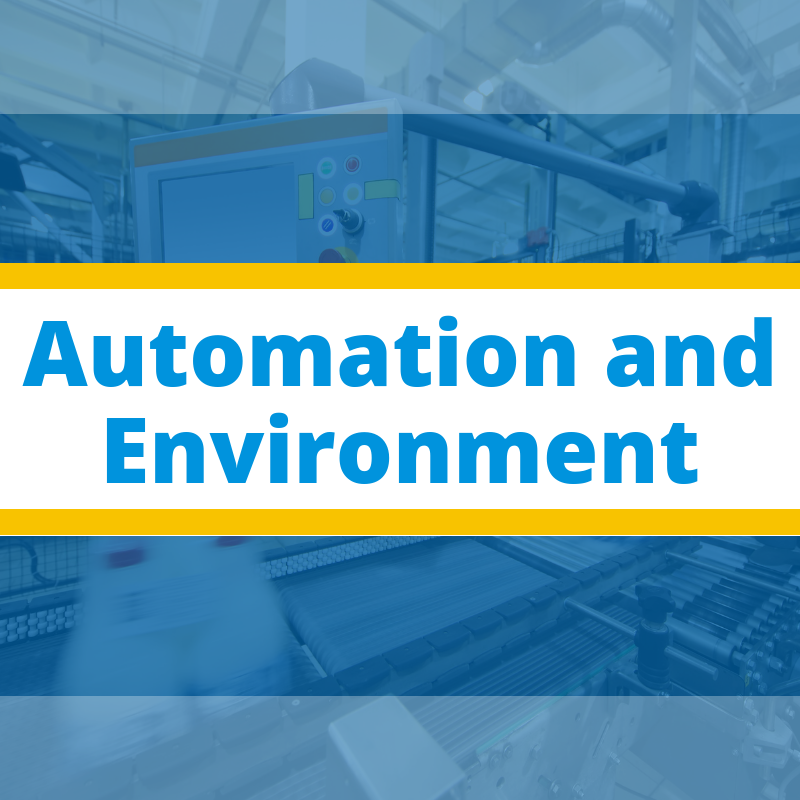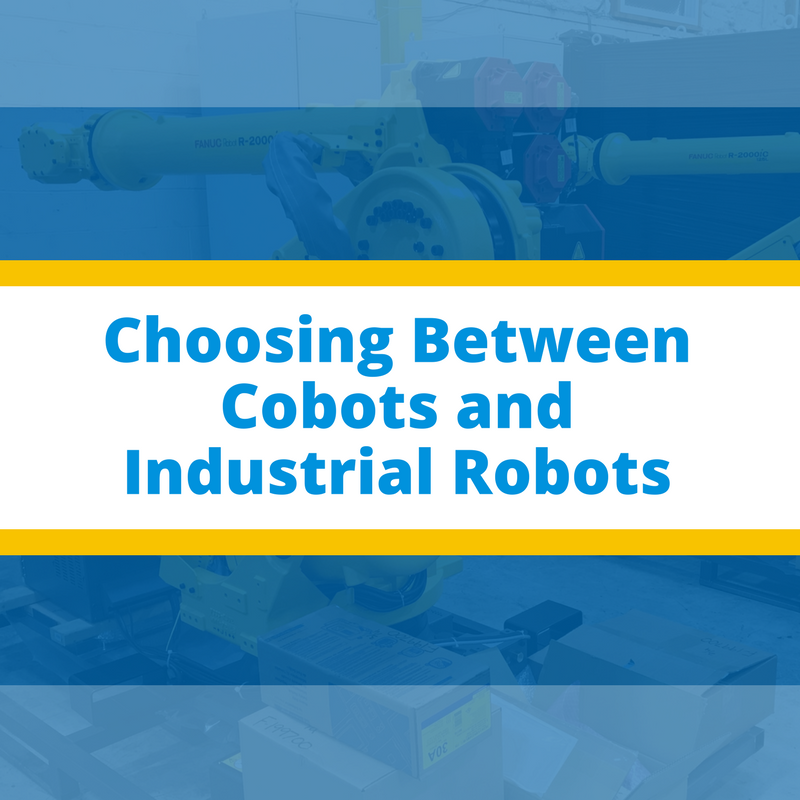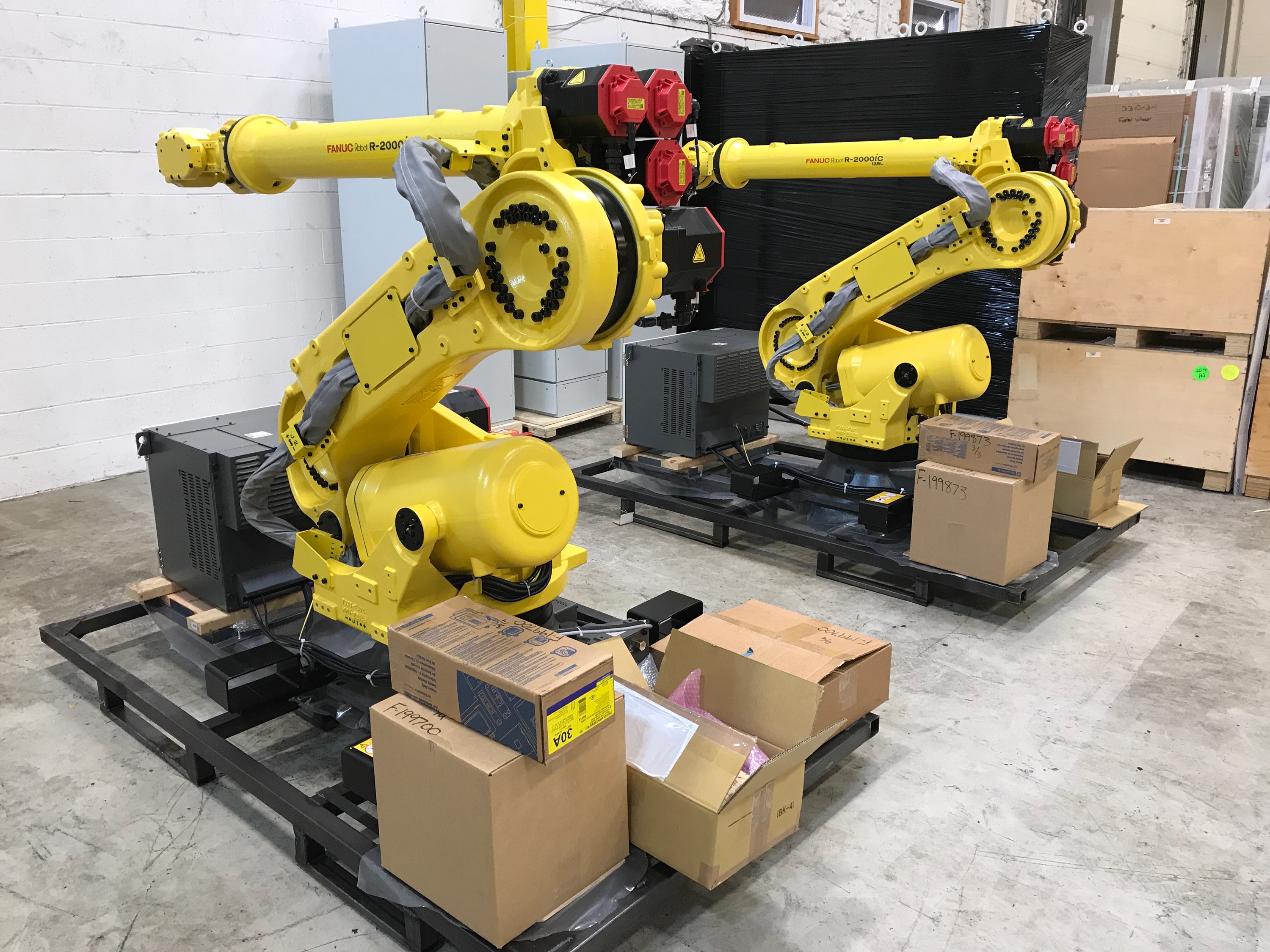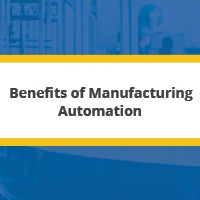Premier Automation: A Unique Career Opportunity in the World of Electrical Work
Are you passionate about electrical work and looking for a fulfilling career? Premier Automation might just be the place for you! In this blog post, we'll explore the experiences and insights of five individuals - Dave, Connor, Lizzy, Keith, and Mike - who have found their calling at Premier Automation, a company that not only values its employees but also offers a wide range of career opportunities in the field of electrical work.



